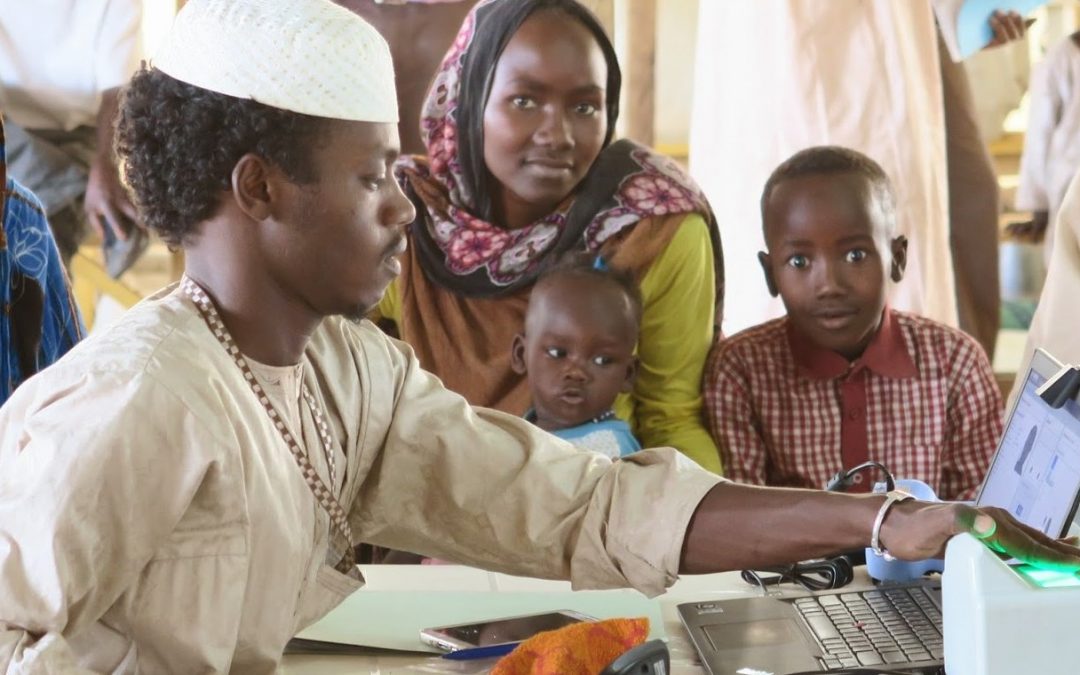The United Nations will turn 70 this year, and many people would be surprised to see “innovation” and “the UN” in the same sentence. Yet, there are dozens of innovative programs and products that are currently being developed at the UN. From innovation units within specific agencies, to crowd-sourcing platforms and biometric registration, these innovations show that the UN is no longer continuing with ‘business as usual’.
We’ve rounded up just a few of the exciting ways the United Nations innovates:
1. UNICEF: RapidPro – an app store for international development
UNICEF launched RapidPro – an open-source platform of applications that can help governments deliver rapid and vital real-time information and connect communities to lifesaving services.
2. WFP: Cash and vouchers for food assistance

Cash and vouchers can sometimes cut down the costs of transporting and storing food. They benefit the local economy, because beneficiaries spend the money in local markets. People often prefer cash and vouchers to traditional food assistance, because they offer more choice and variety.
WFP is using innovative ways to deliver the assistance, such as scratch cards or “e-vouchers” delivered to mobile phones by text message.
3. UNOSAT: Satellite imagery to track humanitarian crises
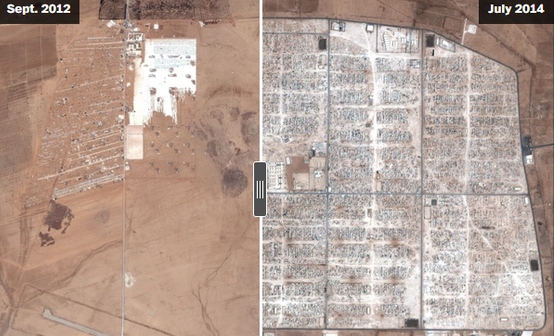
U.N. satellite whisperers watch the migrations of people displaced by war in Syria and Somalia to target aid to the right places at the right times. The above photo is just one of the many before and after satellite images measuring the growth of Za’atari refugee camp in light of the Syria crisis.
4. WHO: Mapping infectious disease
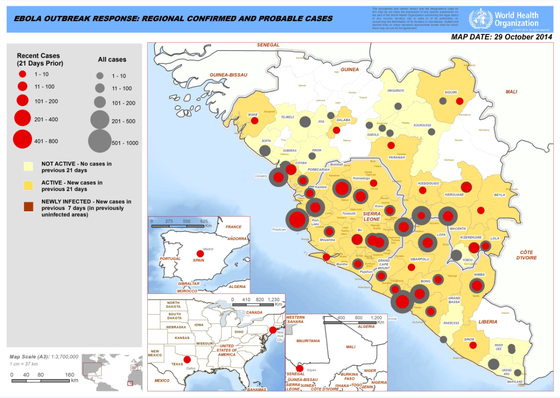
The World Health Organization uses data for virus and contagious disease surveillance. In a single electronic platform, the WHO’s Communicable Disease Global Atlas is bringing together for analysis and comparison standardized data and statistics for infectious diseases at country, regional, and global levels.
5. UN Global Pulse: Using Twitter to measure global engagement on climate change
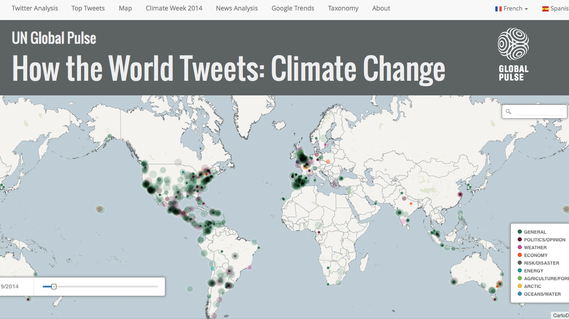
Global Pulse developed a real-time social media monitor to measure and explore online discourse about climate change in support of the United Nations Climate Summit in 2014. The publicly accessible monitor analysed tweets in English, Spanish, and French on a daily basis to show the volume and content of tweets about climate change across a range of topic areas such as economy and energy.
6. UNFPA: Innovative virtual learning programme for midwives
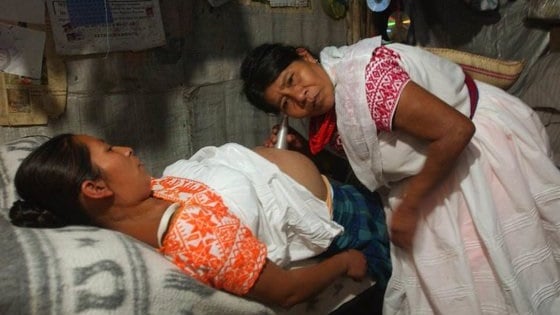
A pilot programme by the UN Population Fund (UNFPA) leverages innovative technologies to train health care workers in Ghana and Bangladesh. Set up in collaboration with the World Health Organization (WHO), Intel and NGO Jhpiego, the UNFPA programme addresses the lack of trained midwives by providing learners with interactive, multimedia resources. Three modules are currently available for trainees on haemorrhage, prolonged and obstructed labour, and eclampsia, with new modules in the pipeline.
What makes the programme adaptable to different learning environments is that it does not require connectivity, as trainees can perform their tasks offline and then transmit their results via the Internet through Intel’s Skool™ platform as soon as they have a connection to hand.
7. UNHCR: Biometric Identity Management System

Establishing and preserving identities is of critical importance to ensure protection and solutions for refugees. UNHCR has developed the Biometric Identity Management System (BIMS), a powerful tool for capturing, storing and retrieving biometric information about refugees, even in the most remote locations.
BIMS uses unique physiological characteristics in each individual’s fingerprints and irises to verify their identity and links these to photographs and identity information. The system is based on technologies used by governments at airports and border crossings, but with enhancements to suit the varied and often harsh conditions in which UNHCR works. In its first field deployments earlier this year, BIMS was used in remote border camps in Thailand and in the deserts of Chad to create unique biometric records for refugees. To date over 335,000 refugees have been enrolled into BIMS in five locations and further deployments will take place in 2015 and beyond.
8. UNOCHA: Humanitarian data exchange platform
OCHA has led the development of Humanitarian Data Exchange (HDX), a new data sharing platform that encompasses the best standards in data collection, offering access to useful and accurate data. HDX is a unique system that will transform the role data plays in the future of humanitarian operations, enabling organizations to provide more targeted assistance and meet evolving needs.
9. UNDP: Gamification for youth employment in Bhutan

The objective of the gamification project was to bring together all segments of Bhutanese society to discuss youth unemployment. An online game was launched in October 2014 focusing on three ‘missions’: information sources most widely used in Bhutan; educational opportunities available to Bhutanese youth; and life influences.
Each mission was online, or ‘live’ for one week; and the discussion enabled participants to share their thoughts and personal experiences with unemployment. The game helped to address this gap by providing a forum for honest exchange of opinions using play, and built empathy and understanding between participants.
10. UNEP: Eco-Innovation Project

In partnership with the European Commission (EC), UNEP is currently implementing a four-year project to promote resource efficiency and eco-innovation. The project aims to change consumption and production patterns in developing and transitioning economies by encouraging businesses to reduce their environmental footprint.
Did we miss an innovation that the UN is currently using? Tell us in the comments below.
If you’d like to repost this article on your website, please see our reposting policy.

